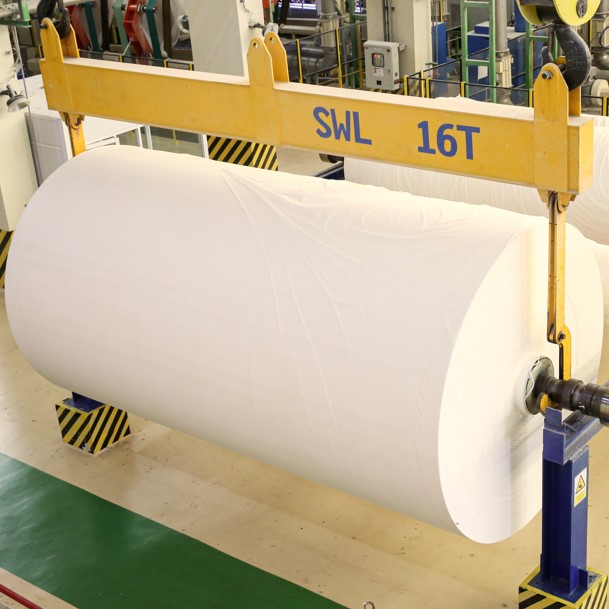
Tissue paper has become an essential part of daily life from wiping hands to cleaning surfaces and maintaining hygiene.
Its softness, absorbency, and versatility make it a preferred product in homes, offices, restaurants, hospitals, and almost every public space.
Whether in the form of facial tissue, toilet tissue, napkins, or paper towels, tissue paper combines comfort with cleanliness a simple yet indispensable product in modern living.

What Is Tissue Paper?
Tissue paper is a lightweight, soft, and absorbent paper product made from pulped wood fibers or recycled paper.
It is specially processed to be thin, smooth, and gentle on the skin while maintaining strength when dry.
Depending on its use, tissue paper may be one-ply or multi-ply (single or layered sheets) for added durability and absorbency.
Types of Tissue Paper
1. Facial Tissue
Soft and smooth, facial tissues are used for personal hygiene, makeup removal, and general skincare.
They’re designed to be gentle on the face and often contain lotions or aloe for extra comfort.
2. Toilet Tissue (Toilet Paper)
The most commonly used form of tissue, made for bathroom hygiene.
It is biodegradable, flushable, and available in various plies for softness and strength.
3. Paper Towels
Thicker and more absorbent, paper towels are ideal for cleaning spills in kitchens, restaurants, and offices.
They’re often embossed for better absorption and strength.
4. Napkins
Used during meals, tissue napkins add cleanliness and elegance to dining experiences available in plain white or decorative printed designs.
5. Specialty Tissue
This includes industrial tissue rolls, medical tissues, and sanitary tissues used in hospitals, laboratories, and manufacturing environments.
How Tissue Paper Is Made
The manufacturing process involves several steps:
- Pulping: Wood chips or recycled paper are broken down into cellulose fibers.
- Bleaching & Cleaning: The pulp is cleaned and whitened for hygiene and softness.
- Pressing & Drying: The pulp is rolled into thin sheets and dried using heated rollers.
- Texturing: The paper is embossed or patterned for better absorption.
- Cutting & Packaging: Sheets are rolled or folded into finished products like tissues, napkins, or paper towels.
Modern factories use eco-friendly and water-efficient technologies to minimize environmental impact.
Advantages of Tissue Paper
- Hygienic and Disposable
Tissue products reduce the spread of germs since they’re used once and discarded safely. - Soft and Gentle
Ideal for skin contact, especially facial tissues and baby wipes. - Eco-Friendly Options
Many manufacturers now produce recycled or biodegradable tissues to reduce deforestation and waste. - Convenient and Portable
Available in various sizes and packaging from pocket tissues to jumbo rolls. - Versatile Uses
Suitable for cleaning, personal hygiene, packaging, and even creative crafts.
Applications of Tissue Paper
| Application | Description |
|---|---|
| Household | Cleaning, cooking, and personal hygiene |
| Commercial | Restaurants, hotels, offices, public restrooms |
| Medical | Examination rooms, patient care, sterilization |
| Industrial | Absorbent rolls, wiping tools and machinery |
| Decorative | Gift wrapping, crafting, and event decoration |
Environmental Considerations
While tissue paper is biodegradable, its production can impact forests if not sourced sustainably.
To address this, many brands now use:
- FSC-certified pulp from responsibly managed forests
- Recycled fibers
- Chlorine-free bleaching processes
- Water recycling systems in production
Consumers are encouraged to choose eco-labeled tissues to support environmental conservation.
Key Facts About Tissue Paper
| Feature | Details |
|---|---|
| Raw Material | Virgin pulp or recycled paper |
| Weight | 10–35 g/m² |
| Ply Options | 1-ply, 2-ply, or 3-ply |
| Properties | Soft, absorbent, disposable |
| Biodegradable | Yes |
| Common Uses | Hygiene, cleaning, packaging |
| Eco Option | Recycled or FSC-certified tissue |
| Lifespan | Single-use product |





